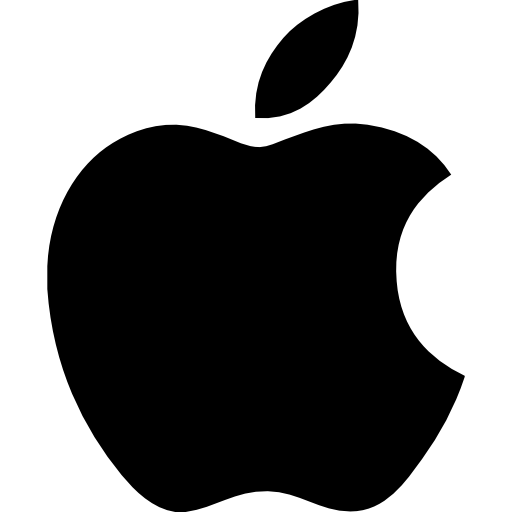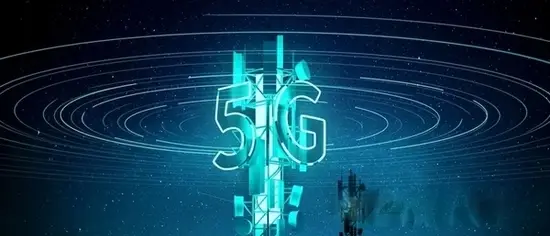What is ecosystem of technology?
A technological ecosystem refers to a cohesive network of interconnected tools, platforms, software, hardware, and services designed to work together seamlessly. These ecosystems aim to enhance efficiency, simplify workflows, and provide a unified user experience. Popular examples include Apple, Google, Microsoft, and Amazon ecosystems, each offering a suite of products that integrate across devices and platforms.
Benefits of Technology Ecosystems
Seamless Integration: Ecosystems make everything work together effortlessly. For example, you can start typing a document on your phone and finish it on your laptop without missing a beat.
Enhanced Productivity: Tools like Google Workspace or Microsoft 365 streamline work, making collaboration and multitasking easier than ever.
Always in Sync: Thanks to cloud storage, your data stays updated across all devices. No more emailing yourself files!
Easy Expansion: Need to add a new device? Ecosystems are modular, so you can keep building with compatible products like smart home gadgets or wearables.
Unified Support: Tech ecosystems often provide better support and reliability since all components are built to work together.

Challenges & Drawbacks of a Technological Ecosystem
Vendor Lock-In: Once invested in an ecosystem, users face significant challenges in switching to alternatives:
Migrating data can be difficult, and certain features may only work within the ecosystem (e.g., iMessage exclusive to Apple devices).
Custom peripherals or software may not function with devices outside the ecosystem .
High Initial Costs: Premium ecosystems like Apple and Microsoft often require a substantial investment to buy into their hardware, software, and services.
Privacy and Data Security Concerns: Ecosystems rely heavily on centralized data storage, raising issues about:
How user data is handled and shared with third parties.
Potential vulnerabilities that could lead to breaches.
Limited Customization: Ecosystems prioritize a standardized experience, leaving little room for users who prefer alternative tools or greater flexibility:
Example: Android users might find iOS ecosystems too restrictive.
Interdependence Risks: If a critical component fails or a company discontinues a product, the entire ecosystem might be disrupted:
Example: Google discontinuing services like Google Cloud Print left users scrambling for alternatives.
Monopolistic Practices: Dominant ecosystems can stifle innovation by imposing restrictions on third-party developers or charging high fees for app listings:
Example: Apple’s App Store policies have faced criticism for limiting competition.
Overwhelm for Less Tech-Savvy Users: Advanced integration and functionalities might be confusing or underutilized by users who only need basic features.
Real-Life Examples
Apple Ecosystem
Components: iPhone, iPad, MacBook, Apple Watch, iCloud, AirPods.
Benefits: Seamless integration with features like Handoff, iCloud syncing, and device continuity.
Drawbacks: High cost of entry and limited compatibility with non-Apple devices.

Google Ecosystem
Components: Android, Google Workspace, Chromecast, Google Home.
Benefits: Affordable options, open to third-party integrations, and robust cloud services.
Drawbacks: Concerns over privacy due to extensive data collection.

Amazon Ecosystem
Components: Alexa, Kindle, Fire TV, Echo devices.
Benefits: Affordable smart home integration and vast e-commerce support.
Drawbacks: Limited device compatibility outside the Amazon ecosystem.

Technological ecosystems offer unparalleled convenience, efficiency, and user experience. However, they also present challenges, such as vendor lock-in, privacy concerns, and high costs. Users must evaluate their priorities whether they value seamless integration or flexibility and choose an ecosystem that aligns with their needs and expectations. Balancing the benefits and drawbacks ensures a more informed and satisfying technological journey.



